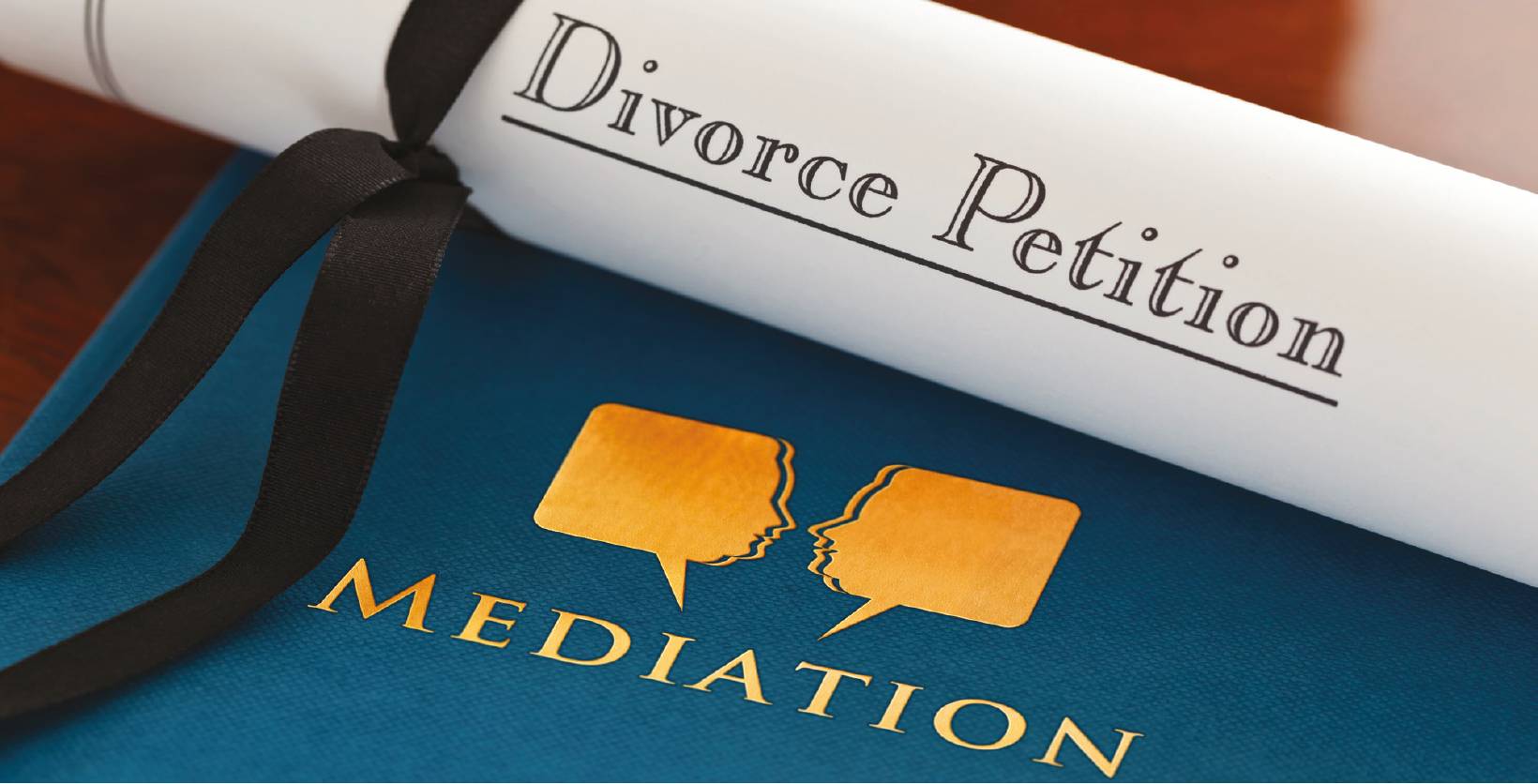Family mediation
Revised Practice Direction 12J: the potential impact on MIAM attendance – Part 1
Kenneth Clarke assesses the likely effect of the extended definition of domestic violence in the new PD 12J on mediation information and assessment meetings.
About the author
Kenneth Clarke is a lawyer mediator at Laceys Mediation.
The issue of whether mediation is suitable for cases where any level of domestic violence is present has always been a fertile ground for debate. The extended definition of domestic violence in the revised Practice Direction (PD) 12J of the Family Proceedings Rules 2010 is likely to fuel that debate even further.
But while professionals and academics engage in cerebral fisticuffs over the subject, a negative knock-on effect for mediation could be to further increase the number of potential court applicants seeking exemption from attending a mediation information and assessment meeting (MIAM).
... where the level of domestic violence is on the lower end of the abuse continuum, mediation can manage power imbalances effectively
The old ‘Practice Direction 12J – Child Arrangements and Contact Orders: Domestic Violence and Harm’ has been substituted with the new ‘Practice Direction 12J – Child Arrangements and Contact Orders: Domestic Abuse and Harm’.¹
For the purposes of the Practice Direction:
…‘domestic abuse’ includes any incident or pattern of incidents of controlling, coercive or threatening behaviour, violence or abuse between those aged between 16 or over, who are or have been intimate partners or family members, regardless of gender or sexuality. This can encompass, but is not limited to, psychological, physical, sexual, financial, or emotional abuse including, but not limited to, forced marriage, honour-based violence, dowry-related abuse, and transnational marriage abandonment (para 3).
Coercive and controlling behaviour has been a criminal offence since 29 December 2015, and is embodied in section 76 of the Serious Crime Act 2015. The maximum penalty is five years’ imprisonment, a fine or both.
In PD 12J ‘‘ coercive behaviour’ means an act or a pattern of acts of assault, threats, humiliation and intimidation or other abuse that is used to harm, punish or frighten the victim’ (para 3).
The Practice Direction is clear in its description of all types of domestic abuse.
‘controlling behaviour’ means an act or pattern of acts designed to make a person subordinate and/ or dependent by isolating them from sources of support, exploiting their resources and capacities for personal gain, depriving them of the means needed for independence, resistance and escape, and regulating their everyday behaviour; ‘development’ means physical, intellectual, emotional, social or behavioural development; ‘harm’ means ill-treatment or the impairment of health or development including, for example, impairment suffered from seeing or hearing the ill-treatment of another, by domestic abuse or otherwise; ‘health is described as physical or mental health; [and] ‘ill treatment’ includes sexual abuse and forms of abuse which are not physical (para 3).
As Sir James Munby said in the ‘President of Family Division circular: Practice Direction PD12J – Domestic Abuse circular of 14 September 2017’: ‘Domestic abuse in all its forms, and whether directed at women, men, or children, continues more than forty years after the enactment of the Domestic Violence and Matrimonial Proceedings Act 1976, to be a scourge on our society.’²
No one would argue with those sentiments. A composite statutory definition of domestic violence is long overdue, and will hopefully be rectified by the Domestic Violence and Abuse Bill, which the Conservative and Unionist party manifesto 2017 promised to bring forward in the next session of parliament.³

The bill would establish a statutory definition of domestic violence and establish a Domestic Violence and Abuse Commissioner, as well as creating a consolidated new domestic abuse civil prevention and protection order regime. A new aggravated offence would be created in respect of behaviour directed at a child.
Any measures that raise awareness of and protection from domestic violence are, of course, to be welcomed. Conversely, the extended definition set out in PD12J could result in more potential court applicants excluding themselves, or being advised to exclude themselves, from attendance at a MIAM. (For the grounds for exemption see Practice Direction 3A - Family Mediation Assessment and Mediation Meetings (MAIMs), and Children and Families Act 2014 Part 3.)4
However, what must not be created or encouraged is the notion that any case with an element of domestic violence is automatically unsuitable for mediation. This would set a disturbing precedent, and undermine the benefits of a process that already has built-in safeguards for victims of domestic abuse.
The most powerful force in an abusive relationship is the victim’s fear of the abuser. Exposing the victim to an adversarial process in which they not only have to face their abuser in a courtroom - but also hear the abusive behaviour questioned, minimised or denied - can perversely be an extension of the abuser’s controlling behaviour.
Cases containing extreme levels of domestic violence should, of course, be dealt with by the courts. However, where the level of domestic violence is on the lower end of the abuse continuum, mediation can manage power imbalances effectively, and at the same time protect the victim from exposure to face-to-face contact with an intimidating adversary. For example, separate departure and arrival times, and shuttle mediation are workable options in this scenario.
1 Available at: http://tinyurl.com/y9kql4uy
2 Available at: http://tinyurl.com/y9fb48xx
3 Forward, together: our plan for a stronger Britain and a prosperous future, available at: http://tinyurl.com/keuo82t, pp48 and 58
4 Practice Direction 3A, available at: http://tinyurl.com/ya66o5cg
- Part 2 of this article will appear in (2017) December CILExJ. The article will consider how mediators assess whether or not a case is suitable for mediation by, among other things, screening for evidence of domestic violence in the relationship. In addition, it will examine mediators’ role regarding identifying which parties from abusive relationships can benefit from mediation, and those that need to be excluded from mediation and referred to other resources.